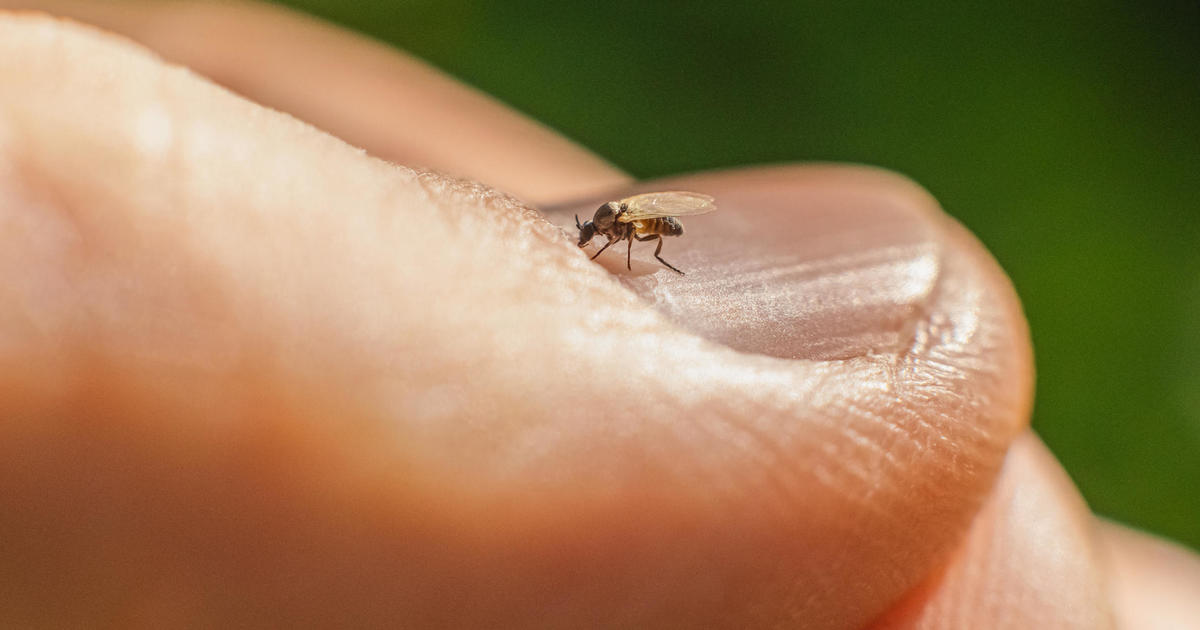The Oropouche virus, a potentially fatal disease also referred to as “sloth fever,” has made its way to the United States, prompting questions about what Americans should know.
On Tuesday, Florida’s health department reported 30 cases of Oropouche fever in the state, all linked to travel from Cuba. There has also been one case reported in New York following travel.
Earlier this month, the Centers for Disease Control and Prevention issued a health advisory to notify clinicians and public health authorities of an increase in the virus.
“Between January 1 and August 1, 2024, more than 8,000 cases of Oropouche virus disease were reported, including two deaths and five cases of vertical transmission associated with fetal death or congenital abnormalities,” the CDC alert stated, adding countries reporting cases include Brazil, Bolivia, Peru, Colombia and Cuba.
“No evidence of local transmission currently exists within the United States or its territories,” the CDC added.
How is sloth fever transmitted?
Oropouche virus is spread to people primarily by the bite of infected biting midges (a type of small fly) and mosquitoes.
According to the CDC, the virus is transmitted in forested areas between mosquitoes and non-human vertebrate hosts such as birds, rodents and sloths, which is where its nickname is derived. Humans then become infected while visiting these areas and can introduce the virus to urban environments.
Evgeny Gostuhin / Getty Images
Sloth fever symptoms
Sloth fever can present similarly to other mosquito-borne diseases like dengue or chikungunya fever, according to the New York State Department of Health, which can make identifying it challenging.
The health department said most often symptoms include:
- Fever
- Chills
- Headache
- Muscle aches and pains
- Joint stiffness
According to the CDC, other symptoms can include:
- Sensitivity to light
- Dizziness
- Pain behind the eyes
- Nausea
- Vomiting
- Rash
“Symptoms typically last less than a week (2-7 days) and can often reoccur a few days or even weeks later. Most people with Oropouche recover within several days to one month,” the CDC noted on its website. “Some people (fewer than one in 20) will develop more serious disease. This includes meningitis (inflammation of the membranes that surround the brain and spinal cord), encephalitis (inflammation of the brain), or bleeding.”
Sloth fever treatment and prevention
There are no vaccines to prevent or medicines to treat Oropouche, according to the CDC. The best way to protect yourself is avoiding bug bites.
You can do this by using insect repellant, using window and door screens and using a fan outdoors to keep bugs away, the CDC recommends.
The CDC is also recommending that pregnant people avoid nonessential travel to areas of infection, including Cuba and Brazil.

